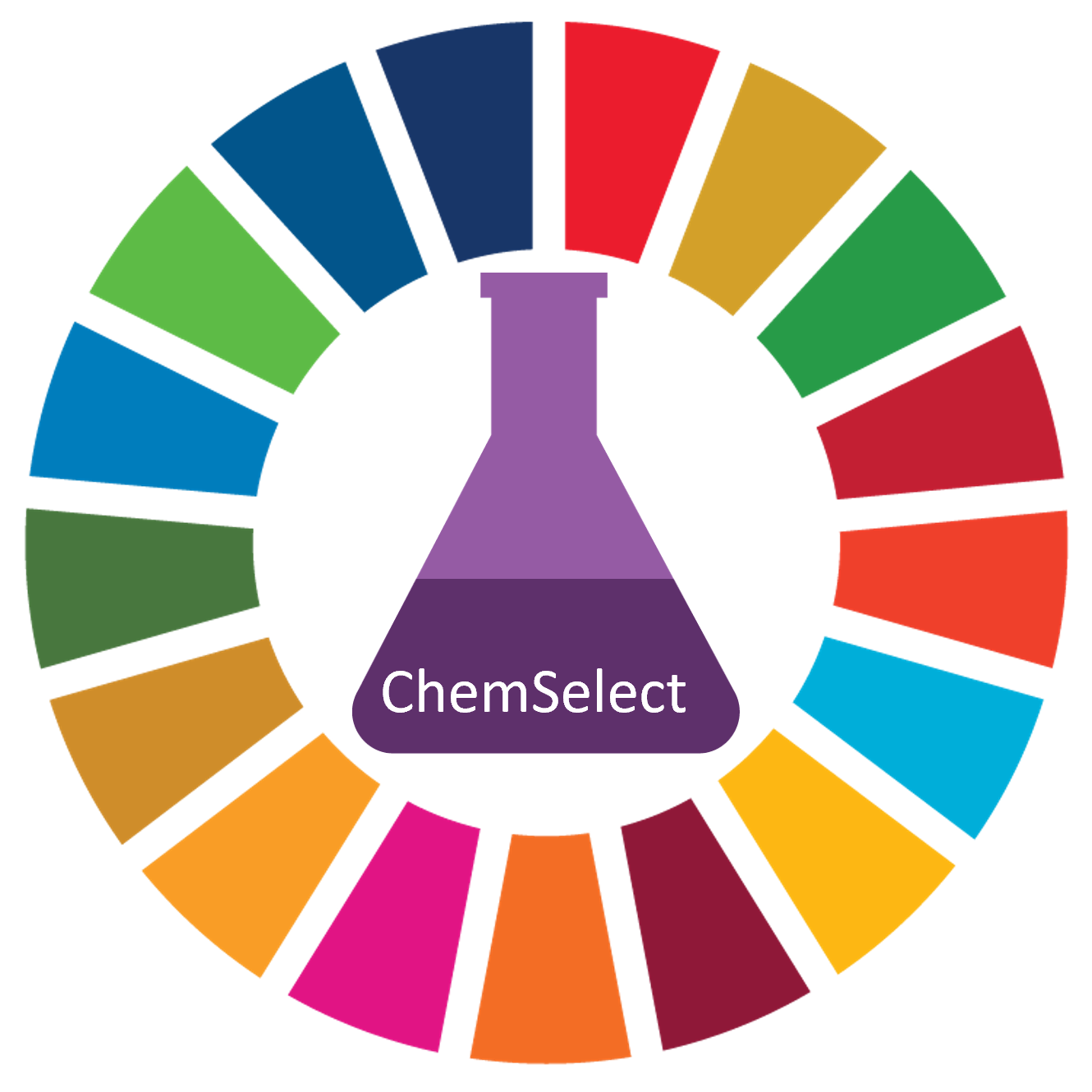ChemSelect Selection of more sustainable chemicals for processes and products
What can ChemSelect do?
- Evaluation: How sustainable are the chemicals we use?
- Substitution: Which alternatives are the most sustainable if we no longer want to use certain substances in mixtures?
- Communication: We want to inform our customers about the sustainability of product alternatives!
- ChemSelect can provide quick and easy answers to these and other questions - create sustainability profiles or sustainability comparisons of your chemicals in just a few steps.
- If you would like to learn more about ChemSelect, please visit the UBA's ChemSelect website!

Selection of language:
Start of the sustainability assessment
Please create an account if you want to save your data. Alternatively, you can start ChemSelect without registering.
